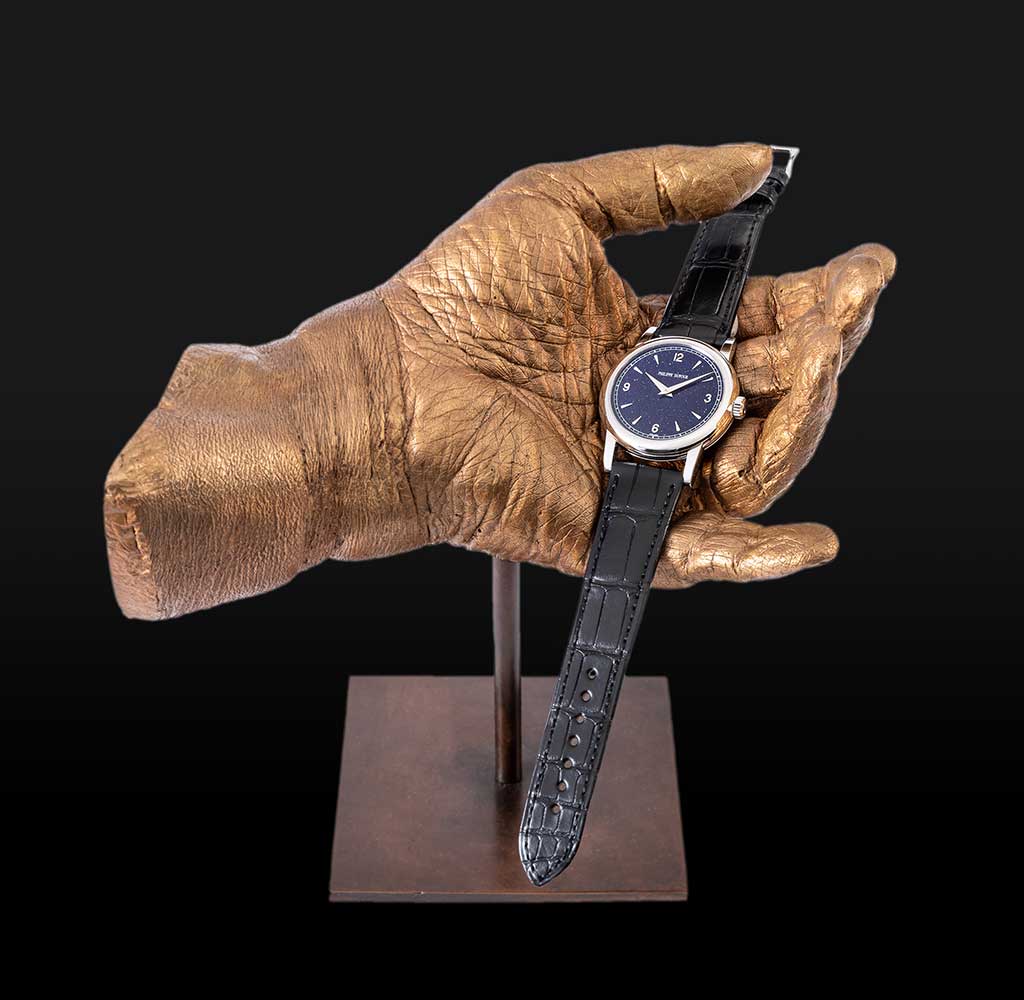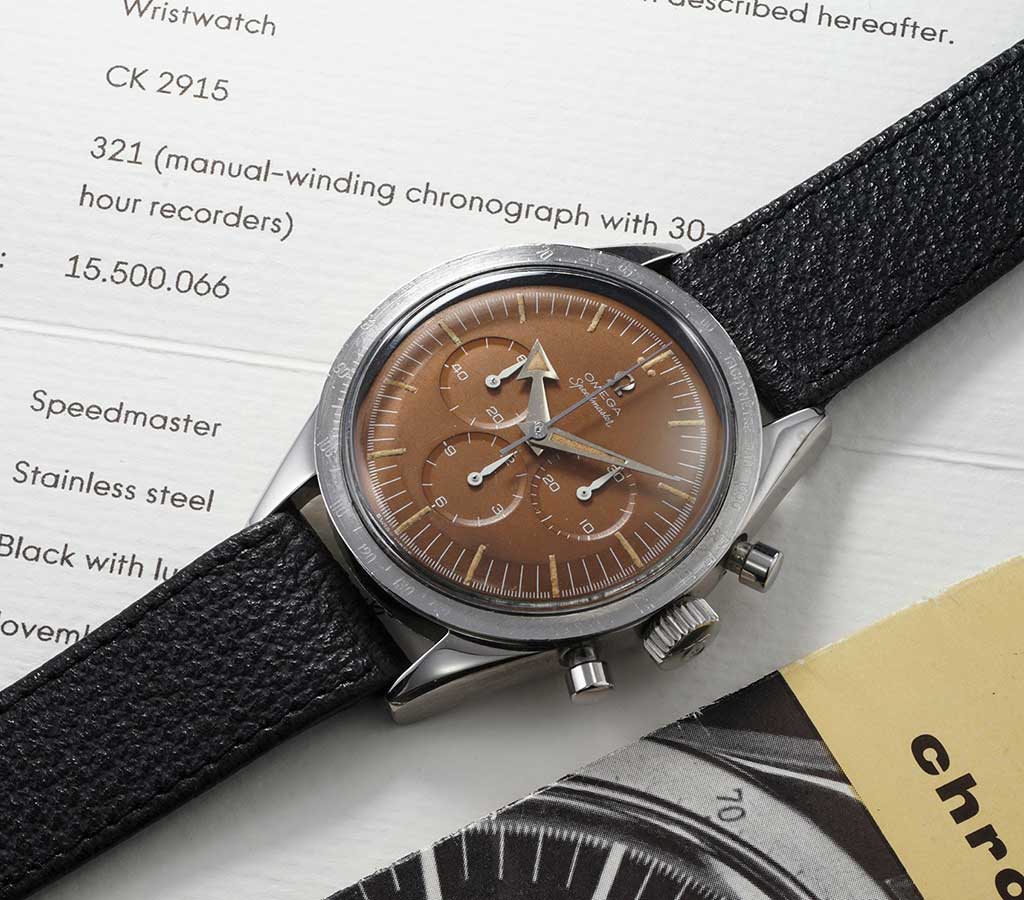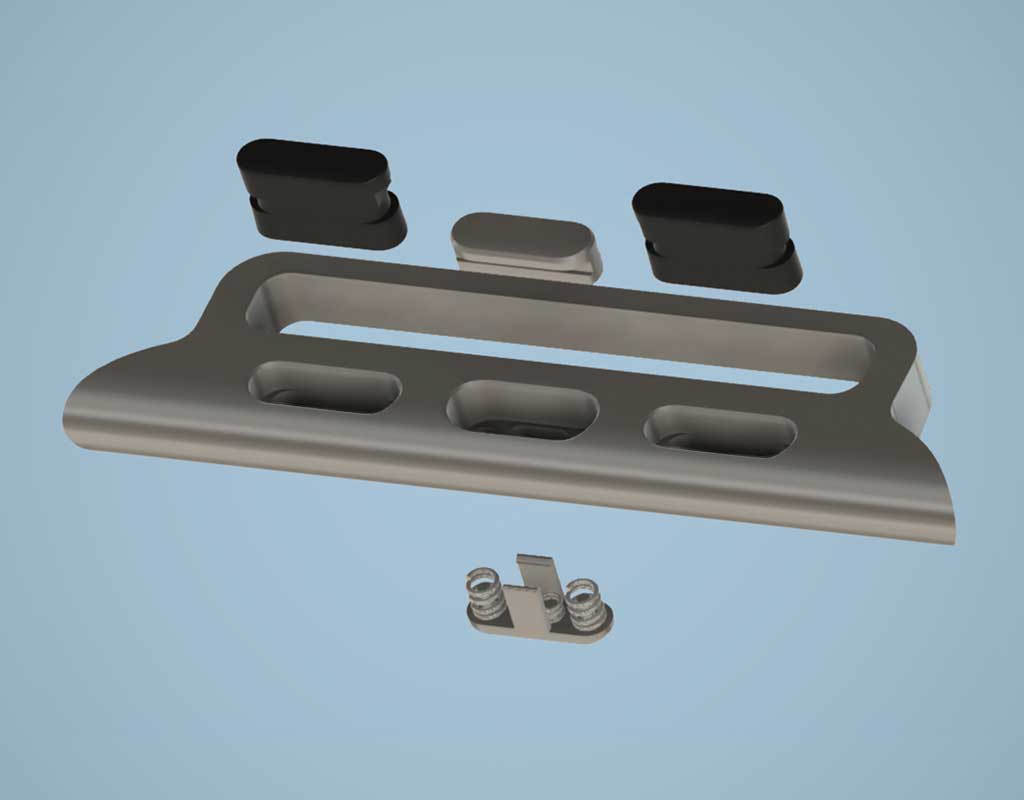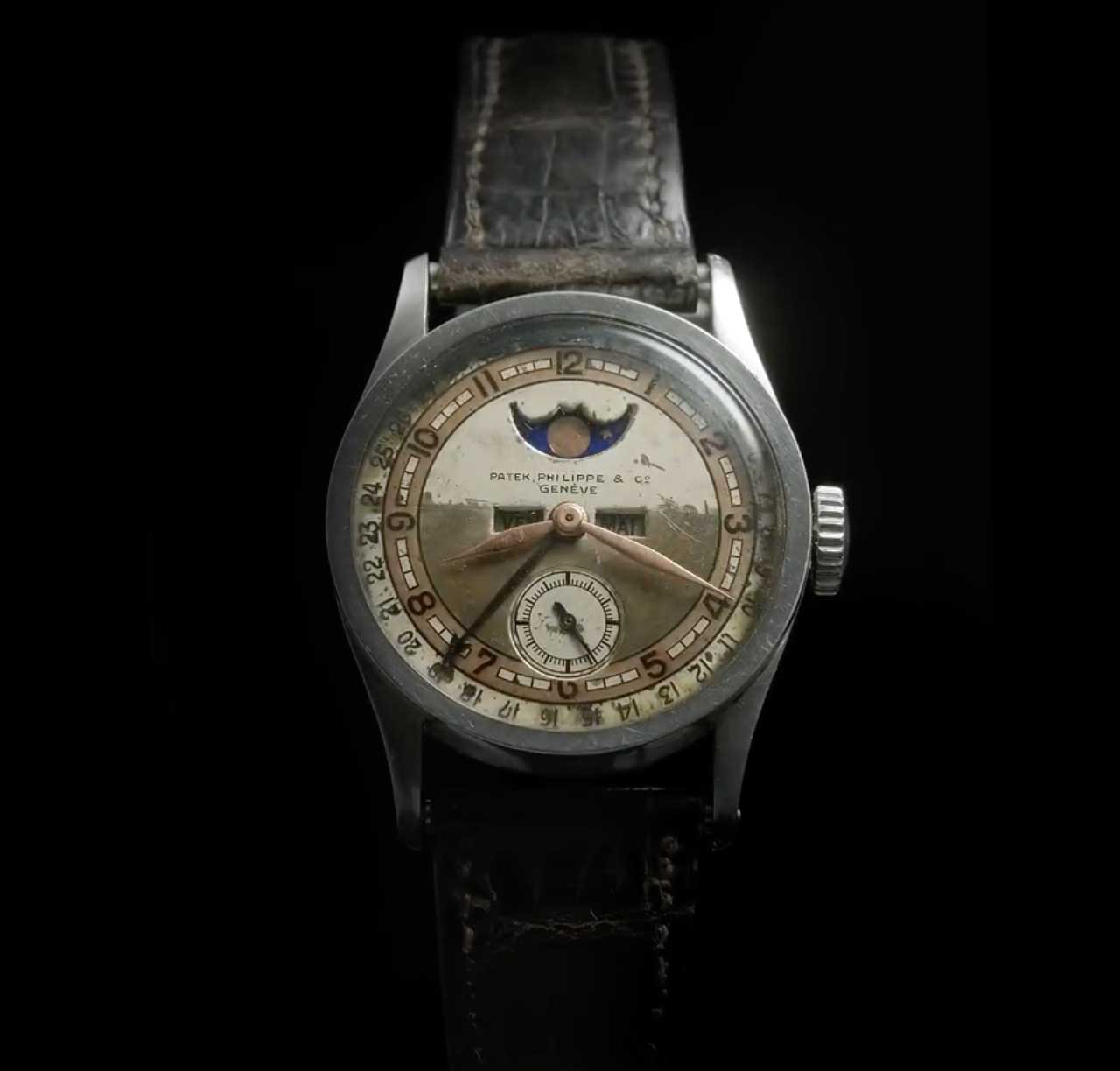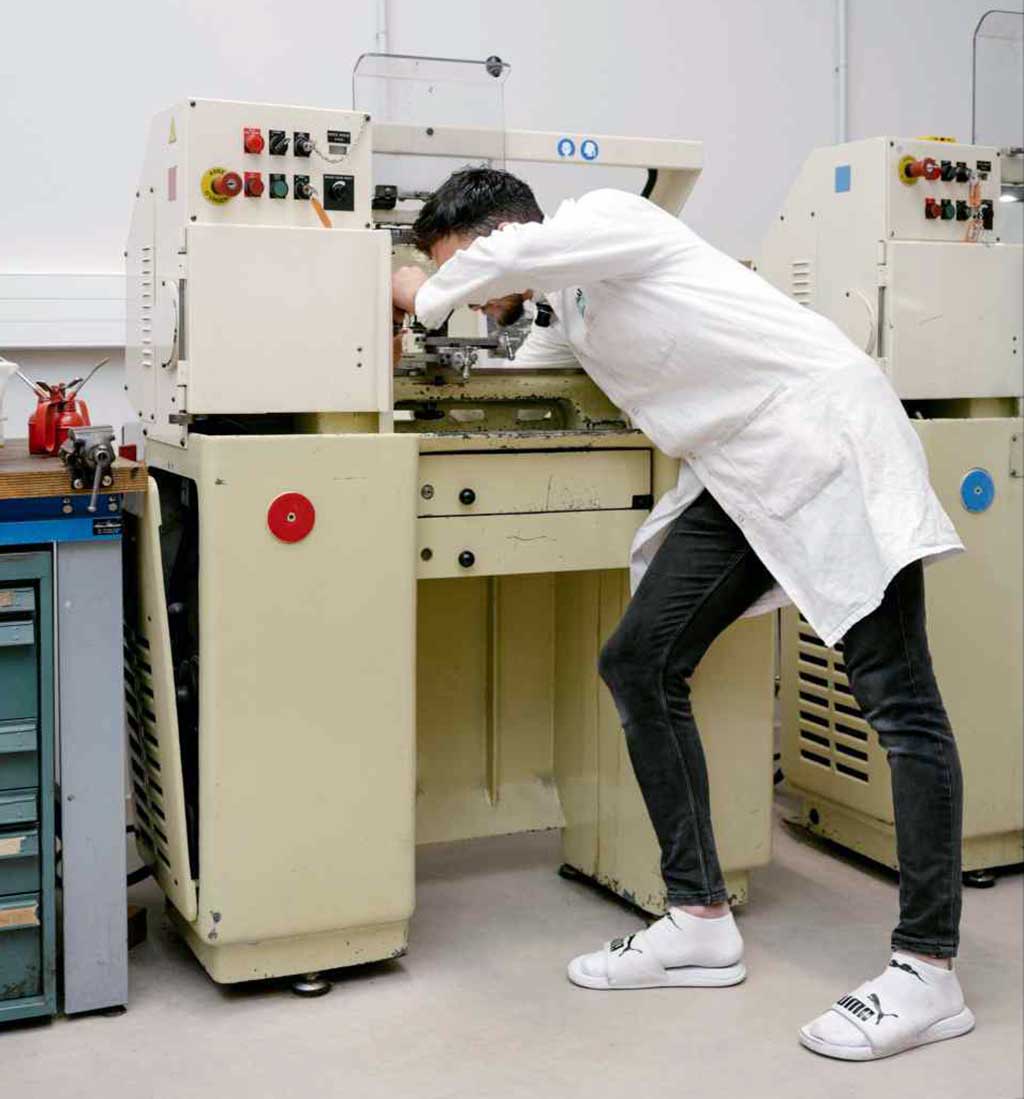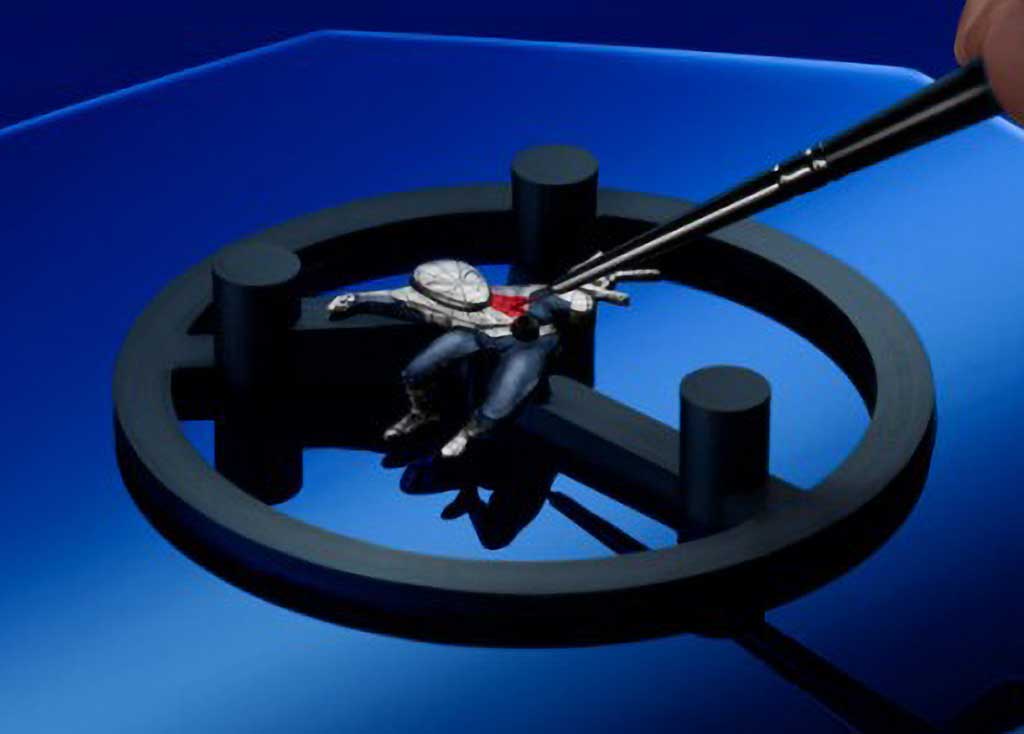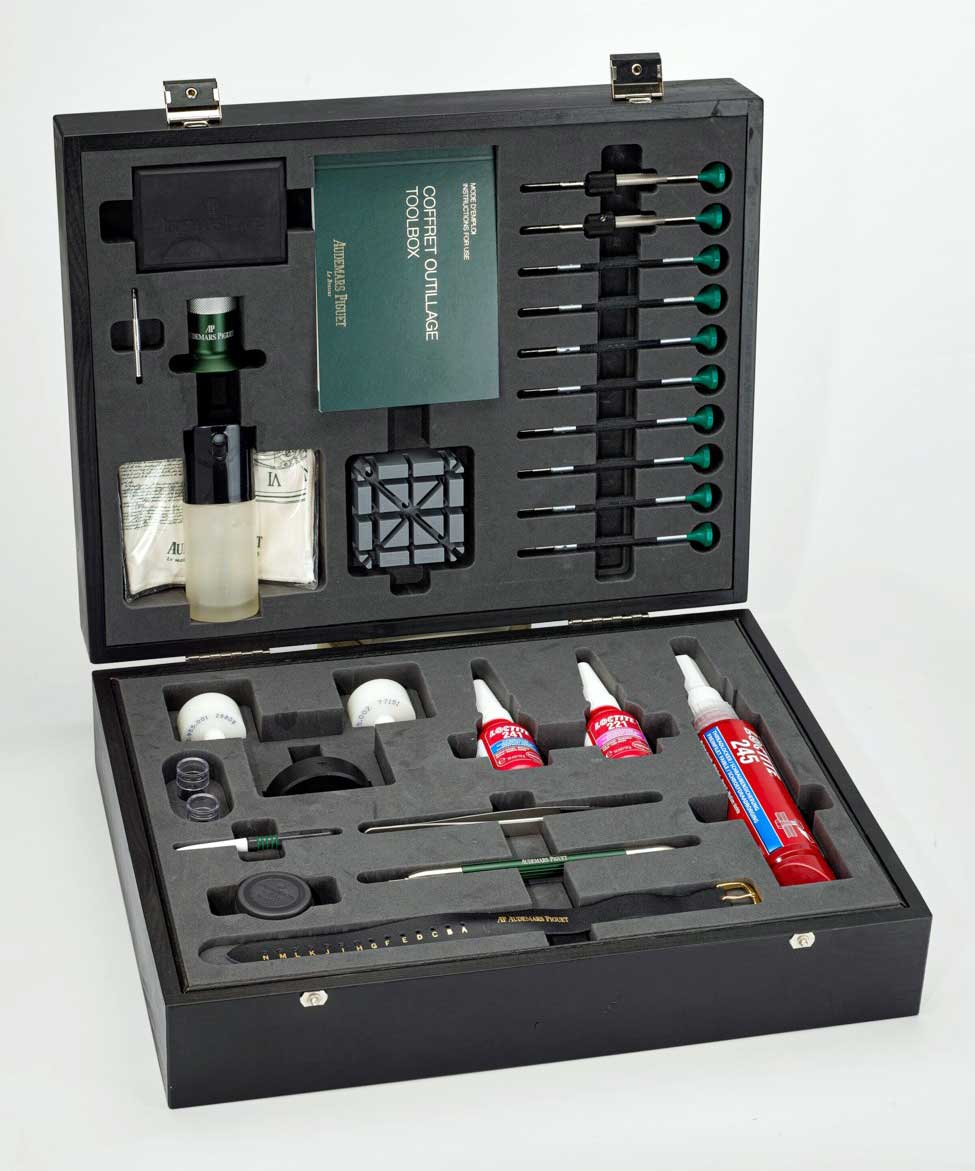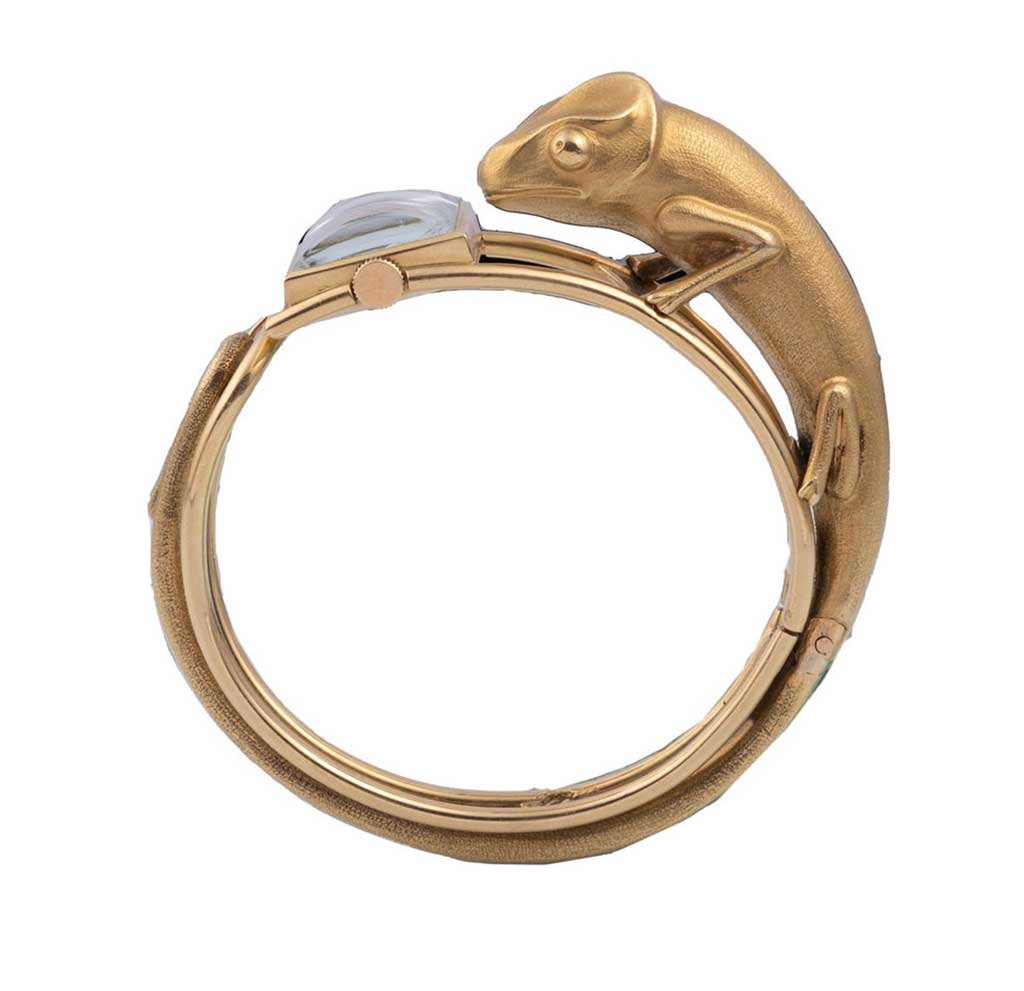Reflections on the Current State of Watch Auction Culture
Anthony Traina writing for HODINKEE:
"Auctions can be marketing as much as they're a true market."
Patek Philippe was arguably the first watch brand to home in on this phenomenon decades ago and, for better or worse, a good number of big players in the industry have followed their lead since.
